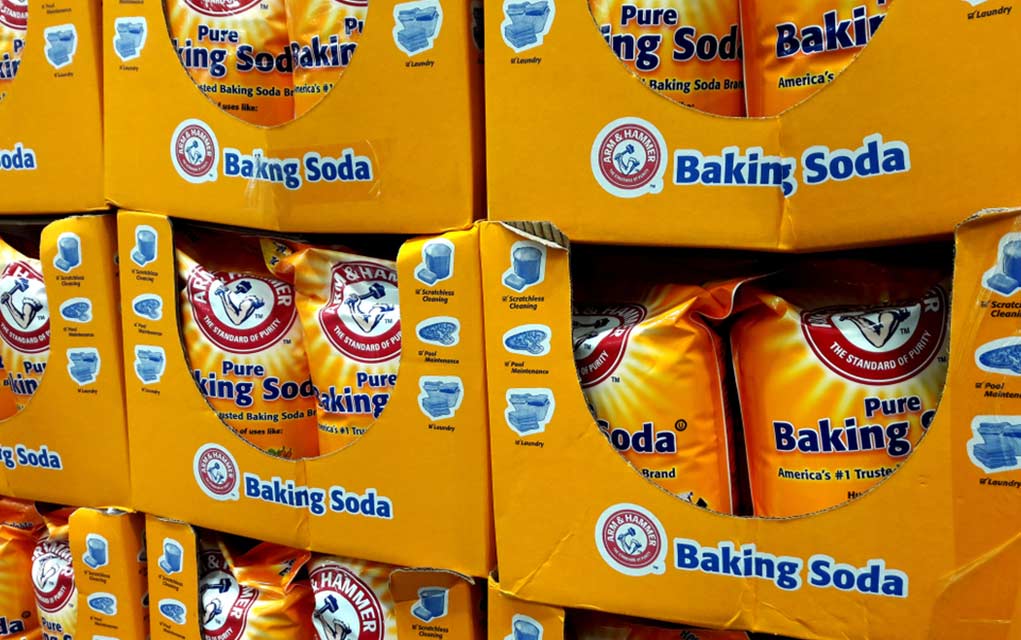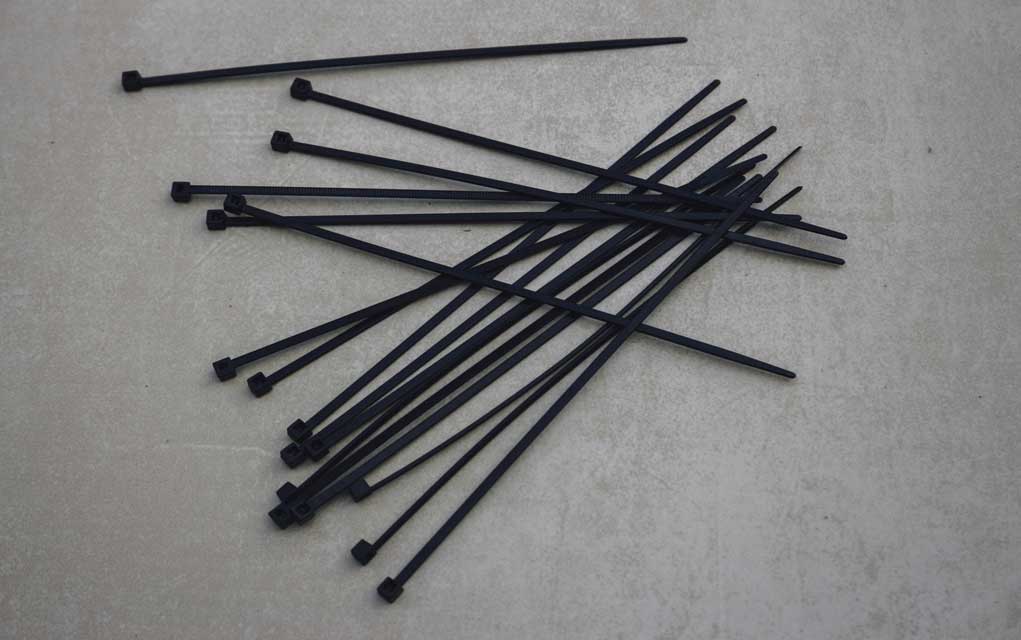(ModernSurvival.org) – Which of These is a Sign of Heat Exhaustion?
- Extreme Thirst
- Dizziness
- Swollen Feet
- Clear Urine
Answer: Dizziness. Here’s why…
Summer is around the corner, and with it comes more time spent enjoying the outdoors. Many people will begin camping, swimming, and working in the sun, exposing them to searing heat (and, in some locations, high humidity). Unfortunately, this doesn’t always end well.
According to the Centers for Disease Control and Prevention (CDC),
“Heat-related deaths are one of the deadliest weather-related health outcomes in the United States.”
With that in mind, learning the warning signs of heat-related illness is incredibly important.
What are Heat-Related Illnesses?
Heat-related illness, also known as hyperthermia, occurs when the body cannot cool down, leading the core temperature to rise. Generally, evaporating sweat allows the body to release heat, but this process is slowed in areas with high humidity. Typically, these illnesses break down into two main categories: heat exhaustion and hyperthermia.
Heat Exhaustion
Heat exhaustion is caused by an increase in the body’s core temperature without being able to cool itself. Usually, this occurs due to high temperatures in the environment coupled with heavy physical activity. Other factors that can lead to heat exhaustion include alcohol use, dehydration, and overdressing.
The signs and symptoms of heat exhaustion include:
- Dizziness
- Nausea
- Headache
- Fatigue
- Heavy sweating
- Muscle cramps
- Weak, rapid heartbeat
- Rapid, shallow breathing
A person suffering from heat exhaustion may also have cold, clammy skin, which indicates that their body is still attempting to cool itself down.
Heat Stroke
Untreated heat exhaustion can develop into heatstroke, a life-threatening condition in which a person’s body temperature exceeds 103 degrees Fahrenheit. At such a high temperature, brain and organ damage begins to occur. If untreated, organ failure and death may result from heatstroke.
Symptoms of heatstroke include:
- Red, hot skin
- Lack of sweat
- Rapid, strong pulse
- Dizziness
- Nausea
- Confusion
- Unconsciousness
Who is at Risk?
Infants and toddlers (up to 4 years old) and people 65 and older fall into the ‘at risk’ group. Other factors that make a person more susceptible to heat-related illness include:
- Obesity
- Diabetes
- Heart disease
- Those without access to air conditioning
- Consumption of alcohol in the heat
- Severe sunburn
- Some medications that impact the body’s ability to regulate temperature
How to Prevent Heat-Related Illness
According to the CDC, air conditioning is the number one way to prevent heat-related illness, as it provides a way to escape the heat and lower body temperatures. Staying well hydrated and wearing light clothing can also help to prevent these conditions.
Avoid strenuous exercise or activities during the hottest parts of the day, and take time to allow the body to adjust to significant temperature changes in the environment. Those who aren’t used to hot climates are more likely to develop heat exhaustion or heat stroke.
Lastly, never, ever leave a person or animal locked in a hot car during the summer. This is one of the leading heat-related causes of death in children. The temperature inside a vehicle can increase by over 20 degrees Fahrenheit in less than 10 minutes, effectively turning it into an oven.
Heat-related illness is preventable if one knows the symptoms and takes the necessary precautions. While air conditioning is the best way to prevent heatstroke, it isn’t always available, such as camping in a tent. There are other ways to regulate the temperature inside a tent, though. To see how it can be done, check out our article on how to manage temperatures while camping.
~Here’s to Your Survival!
Copyright 2023, ModernSurvival.org













